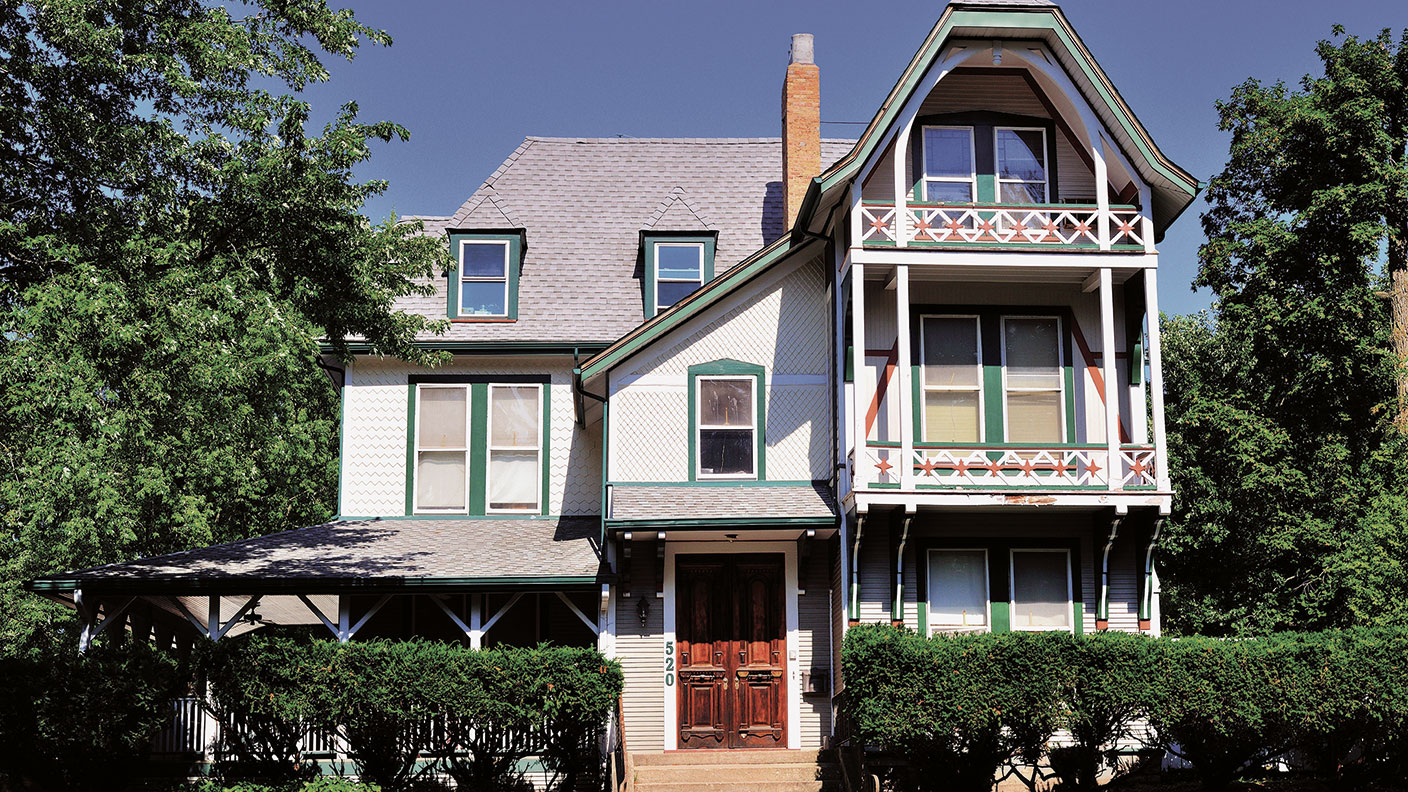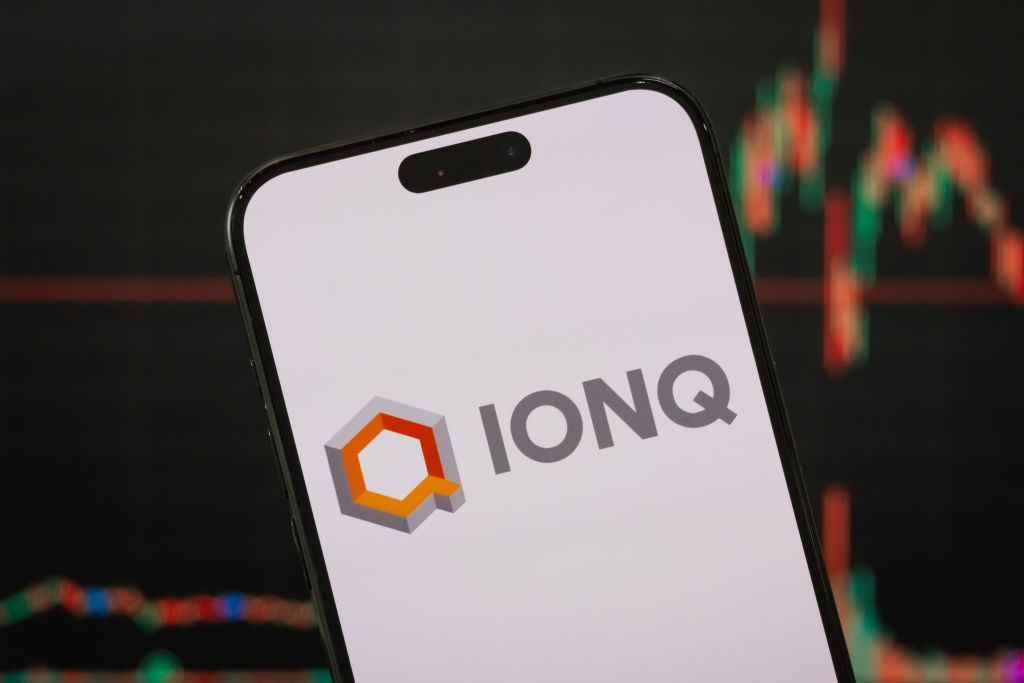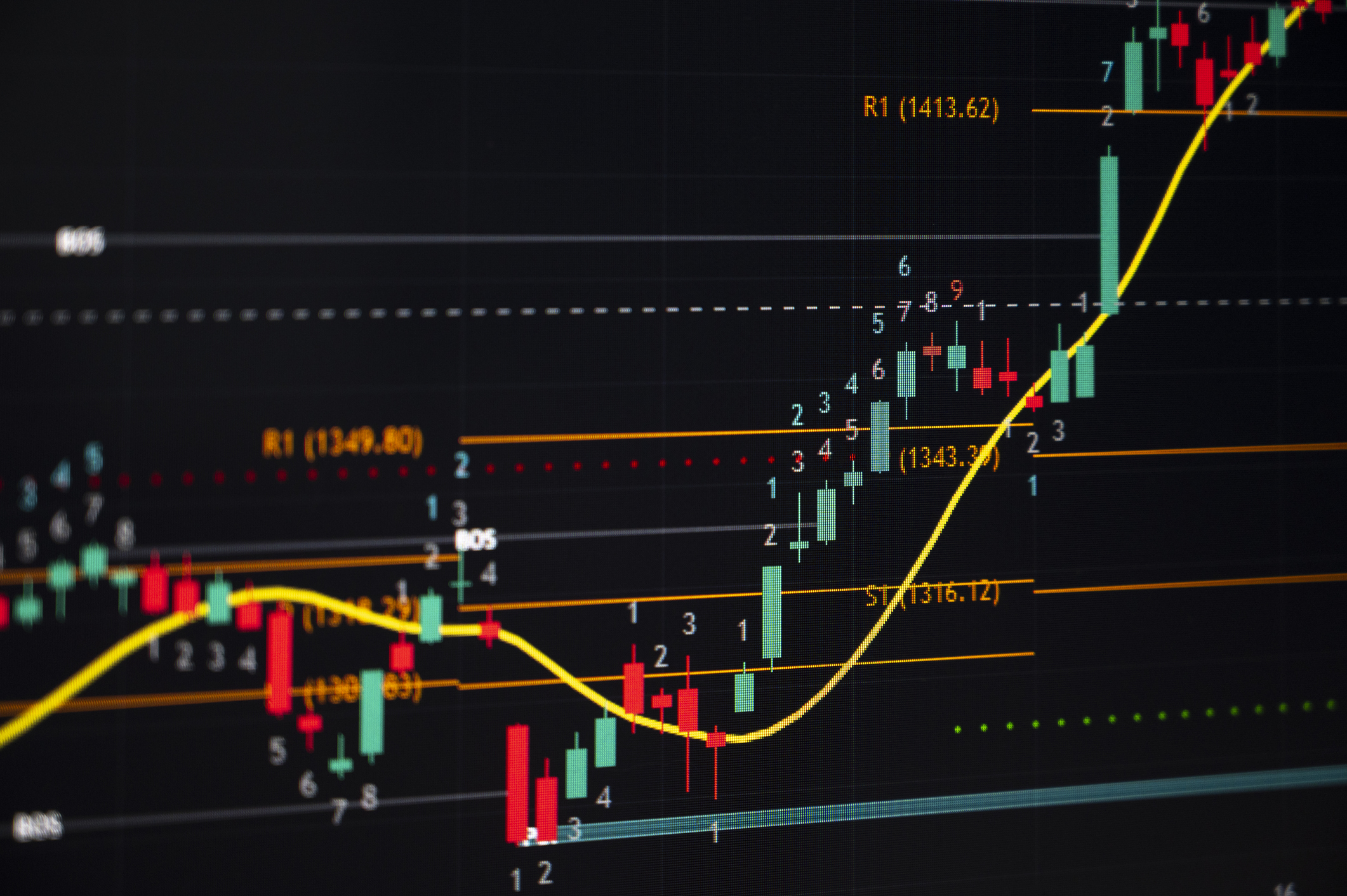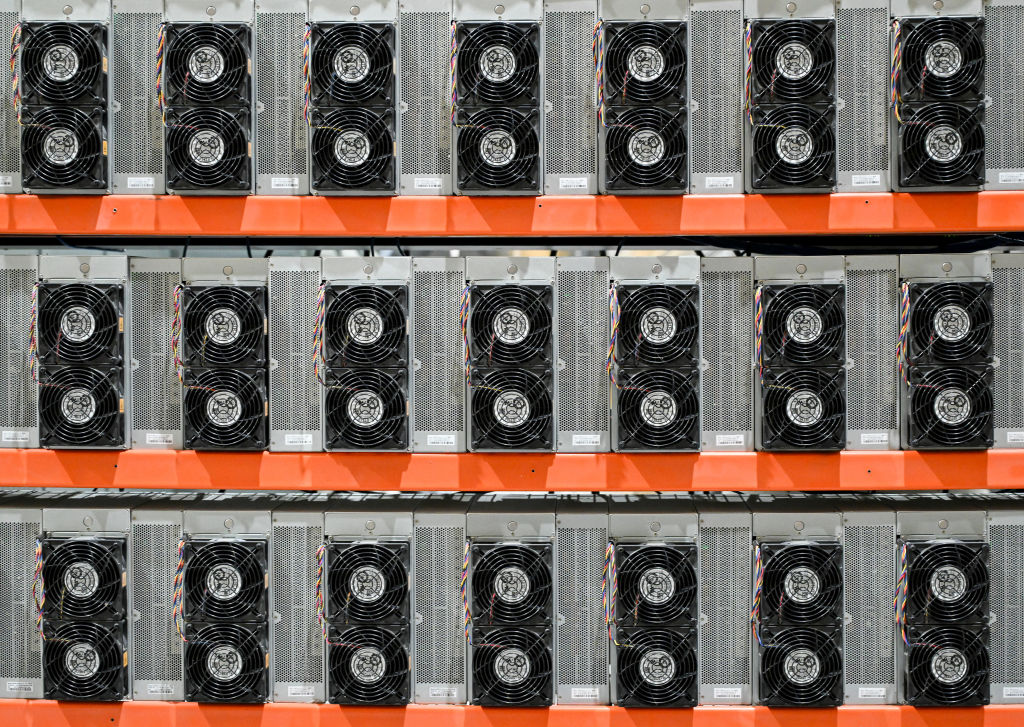Trading: how to cash in on America's hot housing market
Homebuilder Pultegroup is perfectly placed to cash in on the US housing boom. Matthew Partridge explains how to play it.


In early February, I argued that you should go long on US homebuilder DR Horton owing to the strong American housing boom. Six months on, the boom shows no signs of letting up, with both house prices and sales still climbing.
The latest Case-Shiller house price index suggests that the average house price in the US has risen by 16% in a year. While some argue that the market is overheating, and that a slowdown or even a 2009-style slump is just around the corner, I think it’s time to double down on homebuilding stocks.
Part of the boom in the US housing market is clearly down to the combination of a recovering economy, rock-bottom interest rates and the various stimulus packages. This is pushing up demand.
Subscribe to MoneyWeek
Subscribe to MoneyWeek today and get your first six magazine issues absolutely FREE

Sign up to Money Morning
Don't miss the latest investment and personal finances news, market analysis, plus money-saving tips with our free twice-daily newsletter
Don't miss the latest investment and personal finances news, market analysis, plus money-saving tips with our free twice-daily newsletter
However, there is also evidence of a structural change in the market, as the pandemic and the rise of remote working make life outside the major urban areas much more attractive. While this impulse will diminish as memories of the crisis fade and people return to their offices, the rebalancing between the major cities and the rest of America will continue.
A housing shortage
The US market is also suffering from the after-effects of the 2006 crisis, which saw the number of homes built each year fall drastically for nearly a decade. With the population still growing, this has led to a shortage of new homes, with the National Association of Realtors estimating that around five million new homes need to be built over the next decade to replenish the housing stock. This shortfall should bolster prices significantly over the next few years.
Another homebuilder I consider particularly attractive is PulteGroup (NYSE: PHM), America’s third-largest, and one that specialises in the detached single-family houses that will benefit from the changes in the way America works and lives.
Between 2015 and 2020 it nearly doubled its revenue, and sales are expected to keep growing by double-digit percentages over the next few years. It has a large number of homes that have been already been sold and are in the process of being built. What’s more, it has managed to do this while earning a strong return on capital expenditure, a key gauge of profitability.
This has enabled the group to reduce the amount of debt on its balance sheet by more than 50% over the past four years while increasing the amount of cash that it holds, which should protect it if the market does slow.
Despite this it looks very cheap, trading at only 5.7 times earnings. At present the market seems to be cooling on Pultegroup’s shares: they have declined by around 17% from their all-time high earlier this year.
I would therefore not go long until they rise above $58, around 10% higher than their current price of $53. Once they have crossed that threshold I would buy them at £35 per $1, with a stop loss of $30. This gives you a total downside of £980.
Trading techniques: hot sun, hot stocks?
Can the weather affect the stockmarket? A 2001 study by the University of Michigan’s business school found that higher-than-average morning sunshine was positively associated with daily equity returns for 26 cities between 1982 and 1997. However, other studies seem to suggest that the amount of sunshine isn’t the only type of weather that can move markets; temperature also has an effect.
Intuitively you might expect higher temperatures to make people happier, and more eager to invest. However, a 2005 study by Toronto’s York University and the University of Toronto found that there was a negative relationship between maximum temperature and stockmarket returns in the United States, Canada, Britain, Germany, Sweden, Australia, Japan and Taiwan between 1982 and 1997. In other words, the warmer the temperature the worse the market did that day (and vice versa).
They explained this behaviour by pointing to research that shows that higher temperatures make people more listless and apathetic, while lower ones make them more aggressive.
Interestingly, a later study in 2011, by Christos Floros of Hellenic Mediterranean University, produced more ambiguous results. On the one hand, he detected a negative relationship between temperature and daily stock returns in Austria, Belgium and France. However, in the case of the British and Greek stockmarkets, he found the opposite: higher temperatures led to higher returns.
Still, while the negative relationship in Austria, Belgium and France was large enough to be statistically robust, the positive effect in Greece and the UK was so small that it wasn’t statistically different from zero (ie it could have been chance).
How my tips have fared
My long tips have struggled over the past month, with three falling and two rising. Media group ITV fell from 125p to 114p and spread betting firm Plus500 declined from 1,407p to 1,389p. Cruise ship operator Norwegian Cruise Line dropped from $27.28 to $24.66, falling below the stop-loss level of $25, which means that the position is automatically closed.
US homebuilder DR Horton rose from $89.03 to $94.21 while construction firm Morgan Sindall increased from 2,275p to 2,324p. Counting Norwegian Cruise Line, my long tips are making a net profit of £3,755, down from £4,022.
My short tips have also put in a mixed performance. Electric-car company Plug Power went down from $29.02 to $28.18 while cinema chain AMC fell from $42.61 to $33.80. However, cloud-computing specialist Snowflake rose from $267 to $280, electric car-company Tesla rose from $685 to $731 and bitcoin appreciated from $33,233 to $45,866. The net profits on my short tips have gone from £2,308 to only £53, though this was partially affected by the closure of some of my most profitable short positions, such as Nikola and Ocado, last month.
Since TP ICAP hasn’t reached the price at which you should start going long, I have four active long tips (ITV, DR Horton, Morgan Sindall and Plus500) and five shorts (Snowflake, Plug Power, bitcoin, Tesla and AMC).
I think this is a reasonable balance, so there is no need for you to close any additional positions. However, I’m going to increase the stop-loss on ITV to 100p (from 95p). I also recommend that you increase the stop-loss on Morgan Sindall to 1,300p (from 1,200p) and reduce the position at which you cover Snowflake to $380 (from $390).
Sign up for MoneyWeek's newsletters
Get the latest financial news, insights and expert analysis from our award-winning MoneyWeek team, to help you understand what really matters when it comes to your finances.

Matthew graduated from the University of Durham in 2004; he then gained an MSc, followed by a PhD at the London School of Economics.
He has previously written for a wide range of publications, including the Guardian and the Economist, and also helped to run a newsletter on terrorism. He has spent time at Lehman Brothers, Citigroup and the consultancy Lombard Street Research.
Matthew is the author of Superinvestors: Lessons from the greatest investors in history, published by Harriman House, which has been translated into several languages. His second book, Investing Explained: The Accessible Guide to Building an Investment Portfolio, is published by Kogan Page.
As senior writer, he writes the shares and politics & economics pages, as well as weekly Blowing It and Great Frauds in History columns He also writes a fortnightly reviews page and trading tips, as well as regular cover stories and multi-page investment focus features.
Follow Matthew on Twitter: @DrMatthewPartri
-
 How taking a two-year career break could leave a £26k hole in your pension
How taking a two-year career break could leave a £26k hole in your pensionCareer breaks are increasingly common but it is important to take steps to protect your pension, as gaps compound over time
-
 Cash in on your attic: Thousands could be sitting dormant in your storage
Cash in on your attic: Thousands could be sitting dormant in your storageSelling your valuables at auction could be far more lucrative than you think. We take a look at how auctions work, and some tips to help you maximise your profits
-
 IonQ 'offers no quantum of solace'
IonQ 'offers no quantum of solace'Opinion Quantum computing group IonQ is inefficient, overhyped and overpriced
-
 How Corpay is cashing in on expenses
How Corpay is cashing in on expensesFinancial technology company Corpay has found a profitable niche managing corporate payments
-
 Drone company Red Cat Holdings sees shares tumble
Drone company Red Cat Holdings sees shares tumbleRed Cat, the unprofitable and inefficient US drone manufacturer is set to slide
-
 Why Sezzle's shares may be overvalued
Why Sezzle's shares may be overvaluedSezzle, the US buy-now-pay-later provider, is resting on shaky foundations. Is it time to sell this stock?
-
 MoneyWeek's trading tips - how did they fare in 2024?
MoneyWeek's trading tips - how did they fare in 2024?My tips have yielded a profit and the open positions are proving lucrative, too
-
 Should you invest in Trainline?
Should you invest in Trainline?Ticket seller Trainline offers a useful service – and good prospects for investors
-
 Harworth doubles profit as revenue soars – should you buy?
Harworth doubles profit as revenue soars – should you buy?Harworth, a specialist property developer, is well-aligned with government policies, with revenue expected to rise by over 50% this year, and a further 30% the year after.
-
 Bitcoin miner Riot Platforms bleeds money – what happens now?
Bitcoin miner Riot Platforms bleeds money – what happens now?Riot Platforms struggles to make a profit and looks absurdly overvalued. Are troubles brewing?